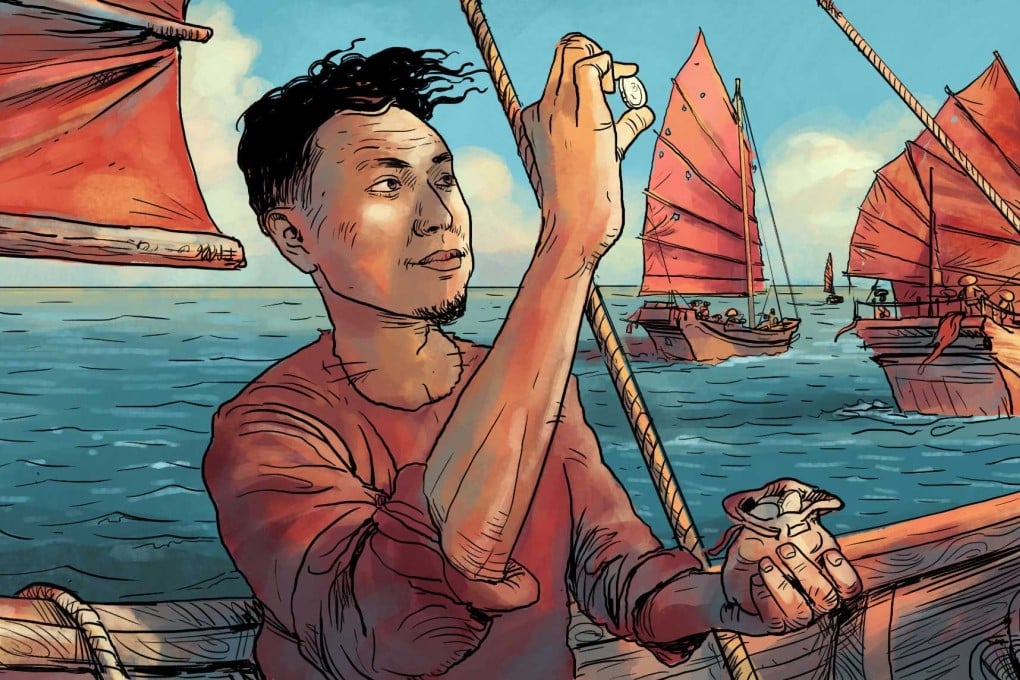When China wanted silver from the rest of the world
- China accepting silver for commodities would eventually result in the world’s first common currency
- The institution of the Spanish dollar – or pieces of eight – was arguably globalisation’s first chapter

A route across the Pacific in the 16th century was a catalyst for the integration of the planet. The Silver Way: China, Spanish America and the Birth of Globalisation, 1565-1815 reveals how the Ruta de la Plata connected China with Spanish America, furthering economic and cultural exchange and building the foundations for the first global currency.
It can be argued that when Spain instituted a common currency in the form of the real de a ocho, also known as pieces of eight or the Spanish dollar, globalisation’s first chapter had been written. The acceptance of the dollar coins for commercial transactions throughout Asia, the Americas and much of Europe resulted in a cultural exchange between nations, as well as the relatively free movement of people and goods between the three continents.
The main objective behind the sea route plied by Spanish galleons was to establish trade with China. These European vessels became known as China Ships. They transported silver from the Americas to exchange for goods in Asia, mostly commodities of Chinese origin.
Global trade
China had an appetite for silver, while the West hungered for goods from China.
When the Spanish tried to establish commercial ties with China, they found little taste for goods from the outside world. However, the Chinese had a voracious appetite for silver. During the latter part of the 16th century, during the Ming dynasty, Beijing ruled that taxes should be paid in silver, and without domestic recourse to the precious metal, the demand for imported silver soared.
